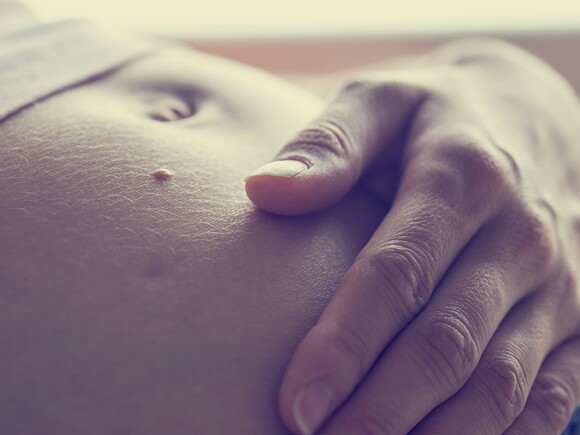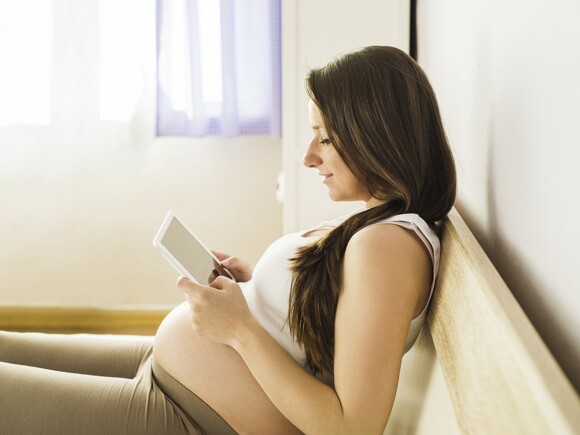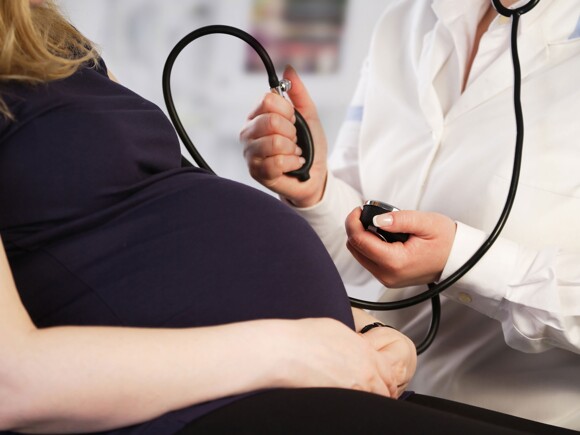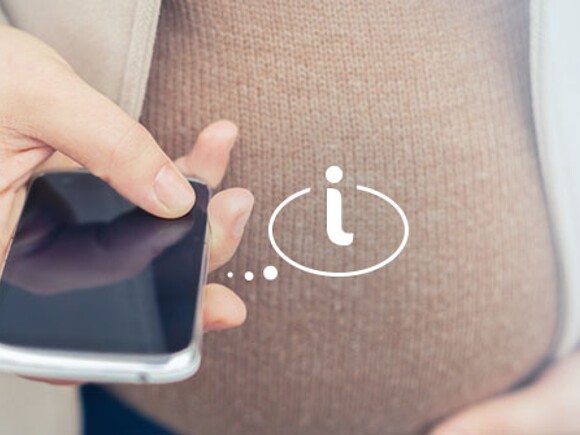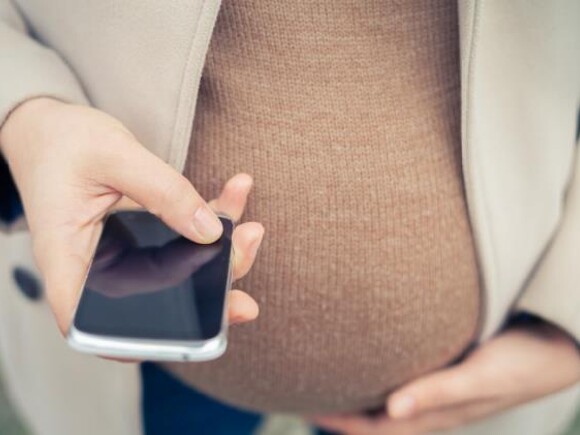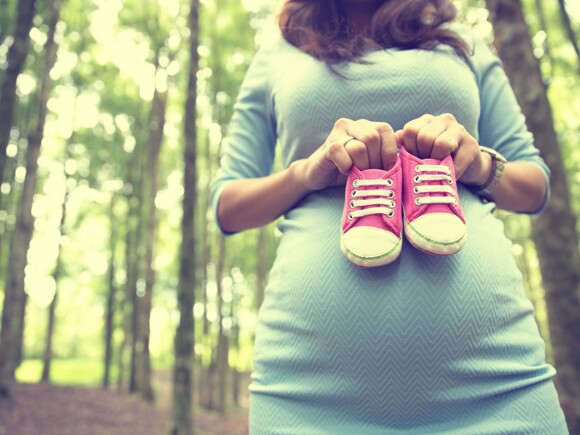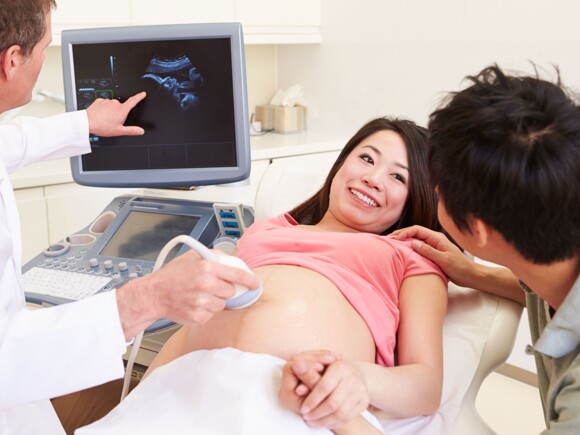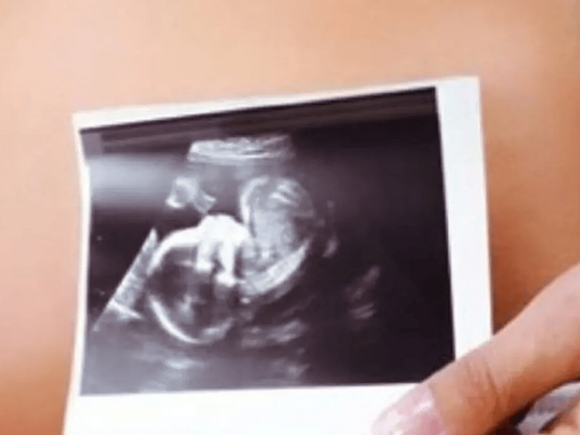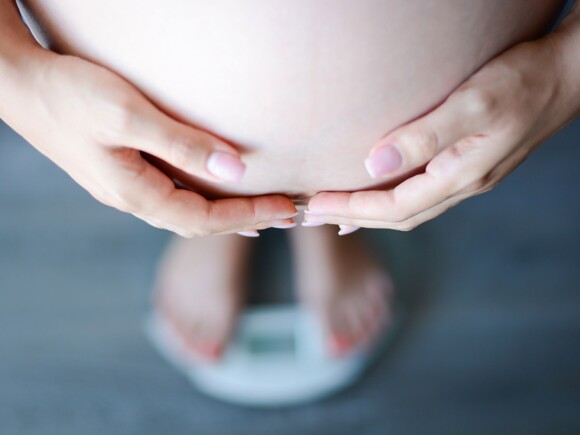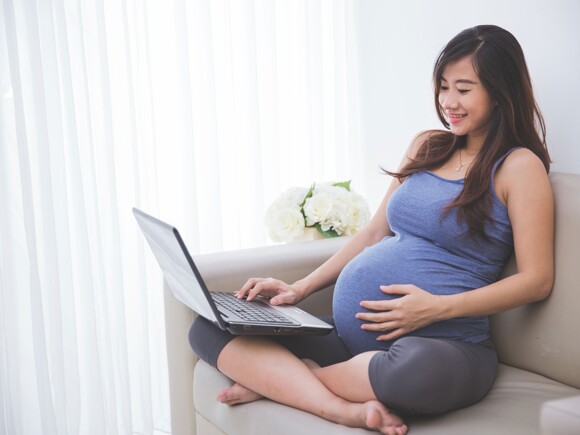It is important to know when a woman is in labor so that the appropriate action steps can be taken. However, it should also be noted that the symptoms of labor can vary from one pregnancy to another. While some women may show prominent signs that they are entering labor, for other women the symptoms may not be as apparent. To help you better identify whether you’re in labor or not, study these early signs of labor well.
Contractions
Regular contractions are one of the major symptoms of labor as they signal the onset of delivery. Labor begins when your uterus starts tightening and relaxing in preparation for your baby’s descent. This process causes you to feel strong, menstrual-like cramps. The sensations get stronger as labor progresses. Initial contractions begin at an interval of 15 to 20 minutes, last for about 30-70 seconds each, then increase in frequency the closer you get to delivery.
Back pains
While it’s common to have backaches as your baby gets heavier in your tummy, pains in the lower part of your body may get more severe during pregnancy labor. This feeling can be attributed to your contractions as well. Usually, the pain starts from the back of your body and then crawls around towards your front.
Mucus plug discharge
The mucus plug is a jelly-like substance that blocks your cervix while you’re pregnant. It is a protective fence that prevents bacteria from entering your uterus. During contractions, this plug loosens and eventually falls out. It usually looks pinkish or brownish in color and may come out in a single chunk or several pieces of jelly-like discharge.
Water breaking
During pregnancy, an amniotic sac protects the baby in your tummy. This is a fluid-filled membrane where your baby develops and grows. The sac breaks when it’s already time for your baby to come out. This symptom of labor varies from one woman to another. It can just be a trickle for some, while others may experience a gush of fluid down their legs.
Dilatation
During the first phase of labor, your cervix will open from 0 to 3 centimeters. The more dilated your cervix gets, the stronger your contractions will become. You’ll then shift to the active phase, until your cervix becomes completely dilated. The cervix needs to be thin and open enough, at least 10 centimeters, before delivery can start.
If you start experiencing one of these early signs of labor, call your healthcare provider immediately so your status can be monitored closely.
Most women choose to stay in the comfort of their homes during early labor. But when the water breaks, or as a pregnant woman enters active labor, it’s best to proceed to the hospital or birthing center.
Source:










